- Make It Yourself Lavender Heart-Shaped Bath Bombs!
- 20 Things You Never Knew About “Down There”
- 12 Best Foods For Those Suffering From Arthritis Pain
- 12 Personal Hygiene Mistakes Almost Everyone Makes (Mom Never Told You About #4!)
- 15 Medicinal Plants And Herbs From The Cherokee People
- 12 Mind-Blowing Benefits Of Drinking Coconut Water During Pregnancy
- 12 Outstanding Winter Foods That Won’t Fatten You Up Like A Christmas Turkey
The Shocking Things Inside Your Home That are Making You Sick

Photo credit: bigstock.com
There really is nothing like home sweet home. Every living creature on earth wants a home to feel warm and dry, safe and secure, and while many of us spend untold hours cleaning them to be sure they are healthy as well as enjoyable, there are things some of us overlook that are not only nasty, but might be making you and your family downright sick.
Every house is different, but whether you live in a 1920’s bungalow or a 2012 apartment, there are some things inside your home that might be making you sick as a dog. Keep reading to find out the top everyday things inside your home that might be changing home sweet home into home sick home.
1. Radon Gas
This is a hard one for many people because radon is odorless and invisible and it can be leaking into your home without you ever knowing it. Radon gas increases the risk of lung cancer and other breathing issues. Radon tests are available almost everywhere and are very inexpensive.
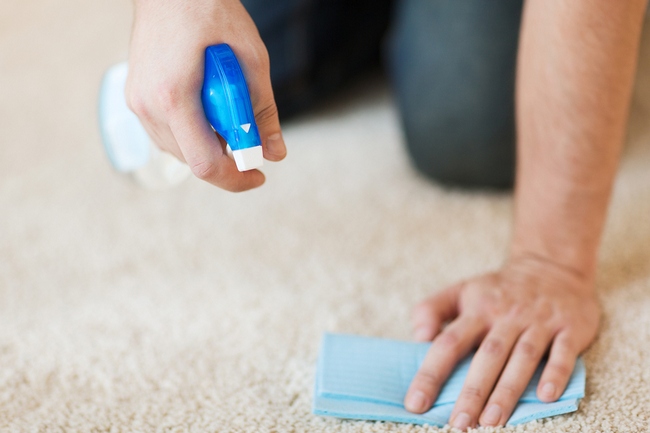
Photo credit: bigstock.com
2. Carpet
Although carpeting, especially in the bedrooms, is an American standard, carpet is often a major source of health issues. Carpet can trap dust mites, pet dander, pollen, and other types of allergens.
Also, some carpets are made with synthetic materials and chemicals that give off volatile organic compounds. When these compounds evaporate and you inhale them, they can cause severe respiratory problems. These types of volatile organic compounds don’t only appear in carpeting, but this is perhaps the worst offender.
Ask about VOC’s before buying and choose more natural fibers.
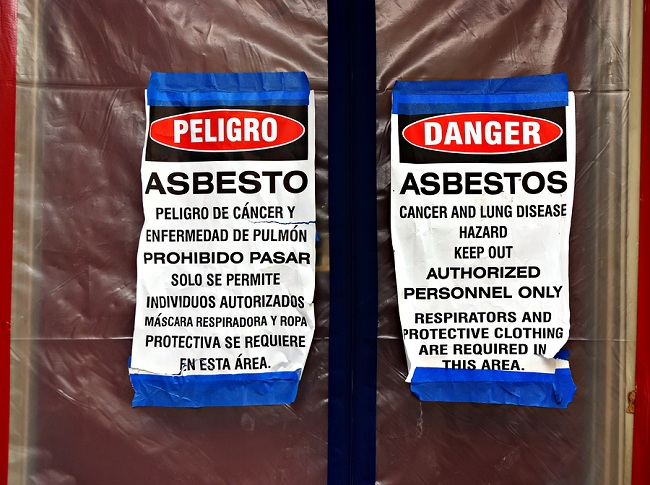
Photo credit: bigstock.com
3. Asbestos
If your house was built between 1920 and 1978, it might still contain asbestos, which was a common building material and was also used as insulation purposes. Breathing in asbestos greatly increases your risk of cancer, especially lung cancer.
Although many homes have already had this substance removed, you might have some in your home and not know it. Don’t try to remove it yourself, as you could greatly increase your risk of exposure, call a licensed contractor who has the special equipment that is needed to safely remove asbestos.
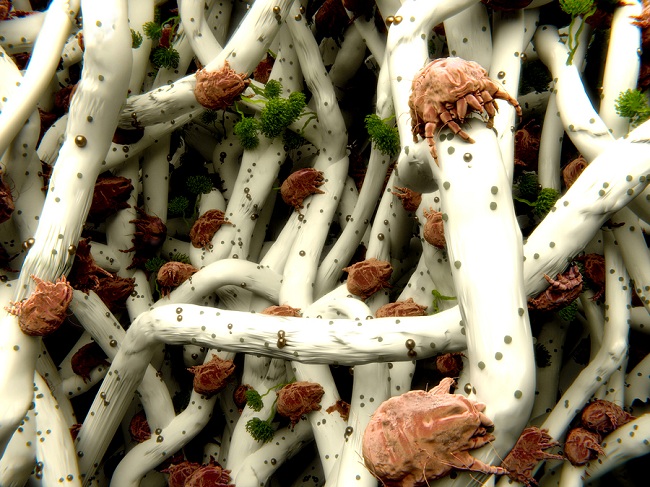
Photo credit: bigstock.com
4. Dust Mites
Most people who say that they are allergic to dust are actually allergic to what are called dust mites. These are microscopic creatures that love humidity and warm weather.
When they die, their little bodies collect in fabrics such as pillows, mattresses, couches, and sofas. If you or someone in your family has allergies outside seasonal allergies, they are most likely allergic to these tiny mites.
You can reduce these little bugs by washing all your linens in hot water frequently, getting rid of bedroom carpeting, and keeping the humidity of your home on the low side. Read also how to find bedbugs and gid rid of them.
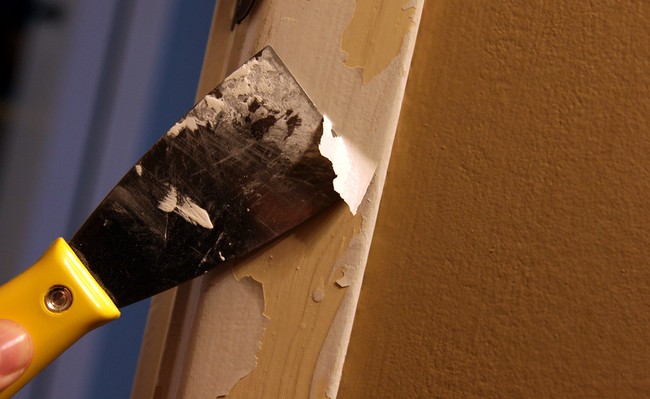
Photo credit: bigstock.com
5. Lead Paint
Like asbestos, if your home was built before 1978 it might also contain lead paint.
Lead paint still causes lead poisoning in almost 1 million American children every single year, so if you think your home can’t possibly have lead paint, think again. If you live in an older home, have it tested for lead paint.
If you should find that your home has lead paint, consider having your children tested for lead poisoning. Read more about shocking sources polluting your air inside the home.
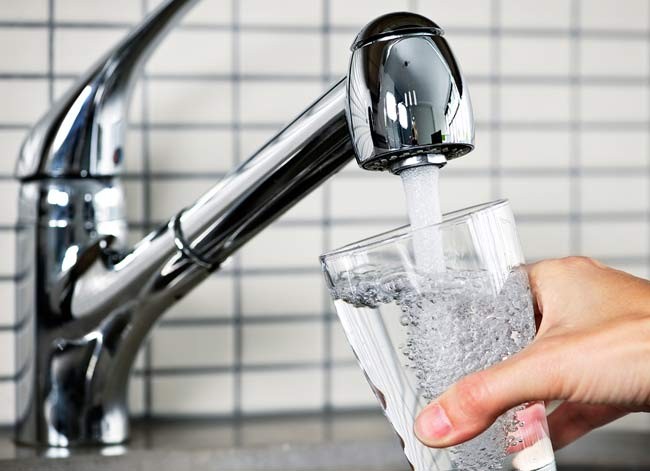
Photo credit: bigstock
6. Tap Water
Many people feel that their tap water must be safe because the EPA regulates it, but that would be a mistake. Even EPA standards do not guarantee that your municipal water source is pure.
Trace amounts of pharmaceutical drugs, such as ibuprofen and anticonvulsants, are found in many metropolitan water supplies, and the addition of fluoride is uncalled for. Buy a water filtration system for your home.
This will not only give you clear, clean water, but it will also help the environment by preventing the plastic waste that comes from those plastic water bottles so many people buy at the store. Read more what water to use.
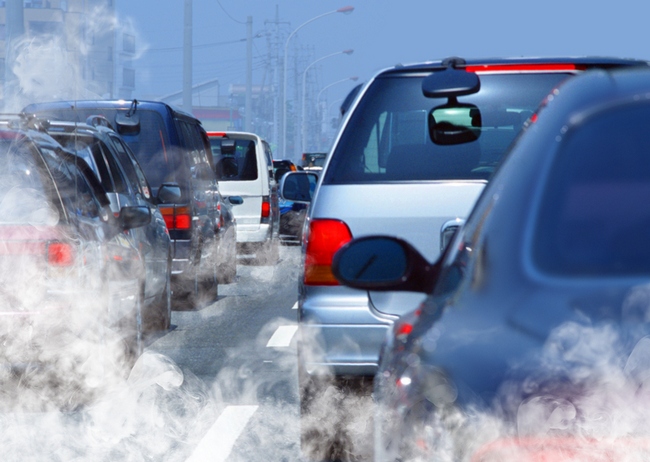
Photo credit: bigstock.com
7. Carbon Monoxide
Although almost every home and apartment as smoke detectors, very few have carbon monoxide detectors.
Carbon monoxide is a very dangerous gas that could be penetrating your home, and you will not know it because, unlike natural gas, carbon monoxide is colorless, odorless, and can come from malfunctioning fireplaces, furnaces, gas heaters, clothes dryers, and motor vehicles.
Be certain that all devices the produce carbon monoxide are properly vented and purchase carbon monoxide detectors for those rooms that have these devices.
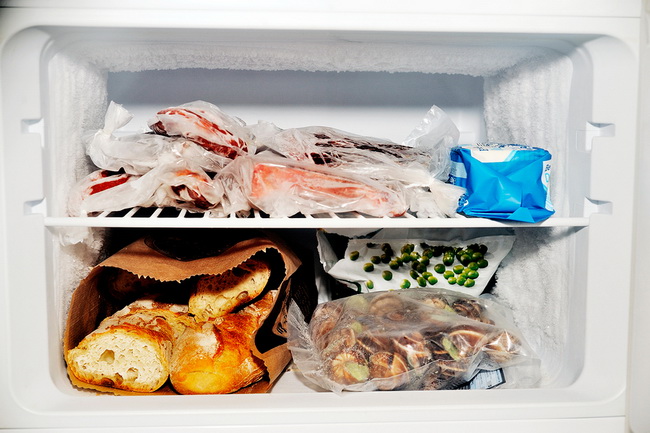
Photo credit: bigstock.com
8. Refrigerator
You might be wondering how your refrigerator can be making you sick, but if you have ever pulled a plastic container out of the back of your fridge and wondered how old it was (or sometimes, what is was) then you at least have an idea.
Food that is stored either incorrectly or kept too long is a case of food poisoning waiting to happen, especially if your refrigerator is just a few degrees off. Be sure to keep cooked and uncooked foods in separate containers and clean out your refrigerator regularly. If you have any doubt, throw it out! Buy a small thermometer and check the temperature of your refrigerator regularly.
Your refrigerator should be at or below 40 degrees and your freezer should be at 0.
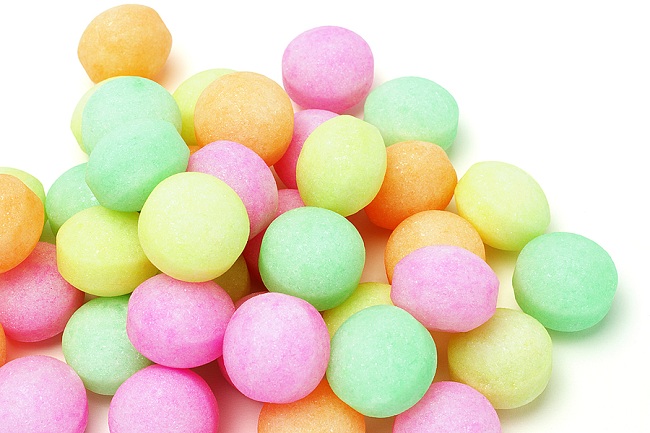
Photo credit: bigstock.com
9. Mothballs
Mothballs are fumigants that work great against all types of pests but they also contain dangerous chemicals that are slowly released into the air, affecting humans as well.
Many people find that high concentrations of these chemicals cause headaches, dizziness, vomiting, and difficulty breathing.
Use more natural means of protecting your clothes by using cedar instead of the dangerous chemicals that are used in mothballs.
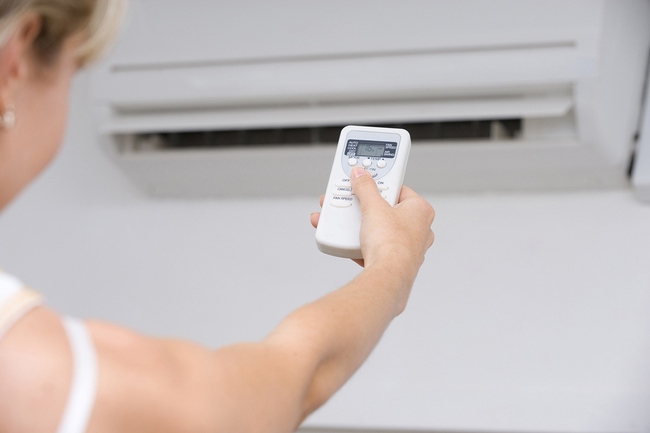
Photo credit: bigstock.com
10. Cooling System Vents
When you use air conditioning to cool your home, it often leaves small traces of water in the air ducts. This dark, dank place is now the perfect breeding ground for bacteria and mold.
These types of growth are a major cause of respiratory problems such as coughs, asthma, and allergies. Not all air ducts have these types of bacterial growth and not everyone is bothered by these molds, but many people are. If you have any doubt, hire a professional to clean your air ducts every 2 to 3 years.
These professionals can also clean and adjust your heating system to be certain that it is working as cleanly and efficiently as possible.
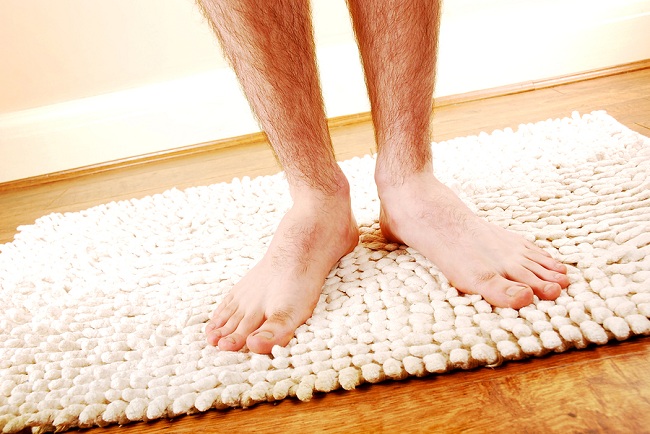
Photo credit: bigstock.com
11. Bathmat
Do you remember the last time that you washed your bathmat? You know the one you have in front of your tub or shower? If you can’t remember or think that it might have been more than 3 months ago, go throw that puppy in the washer right now!
You might not know it, but most bath mats tend to be farms for mold, bacteria, and dust mites. And if you like to sprinkle yourself with corn starch while standing on that mat, you are literally feeding the bacteria and yeast that are probably growing there.
Wash your mat at least twice per month and towel dry in the tub or shower to avoid a wet, soggy mat.
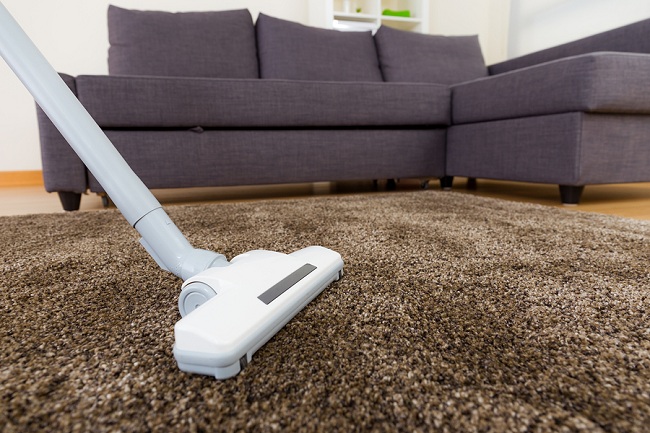
Photo credit: bigstock.com
12. Vacuum Cleaner
This is the item most people tend to think of as a cleaning device but many times, it simply puts the molds and allergens from your carpet right into the air you are breathing.
The best vacuums are those with a HEPA filter. Don’t be fooled by the “HEPA-Like” label, they are not better than a regular vacuum.
Buy a HEPA vacuum and change the filters per manufacturer instructions to be sure you aren’t just spewing things right back into the air you and your family are breathing.




























